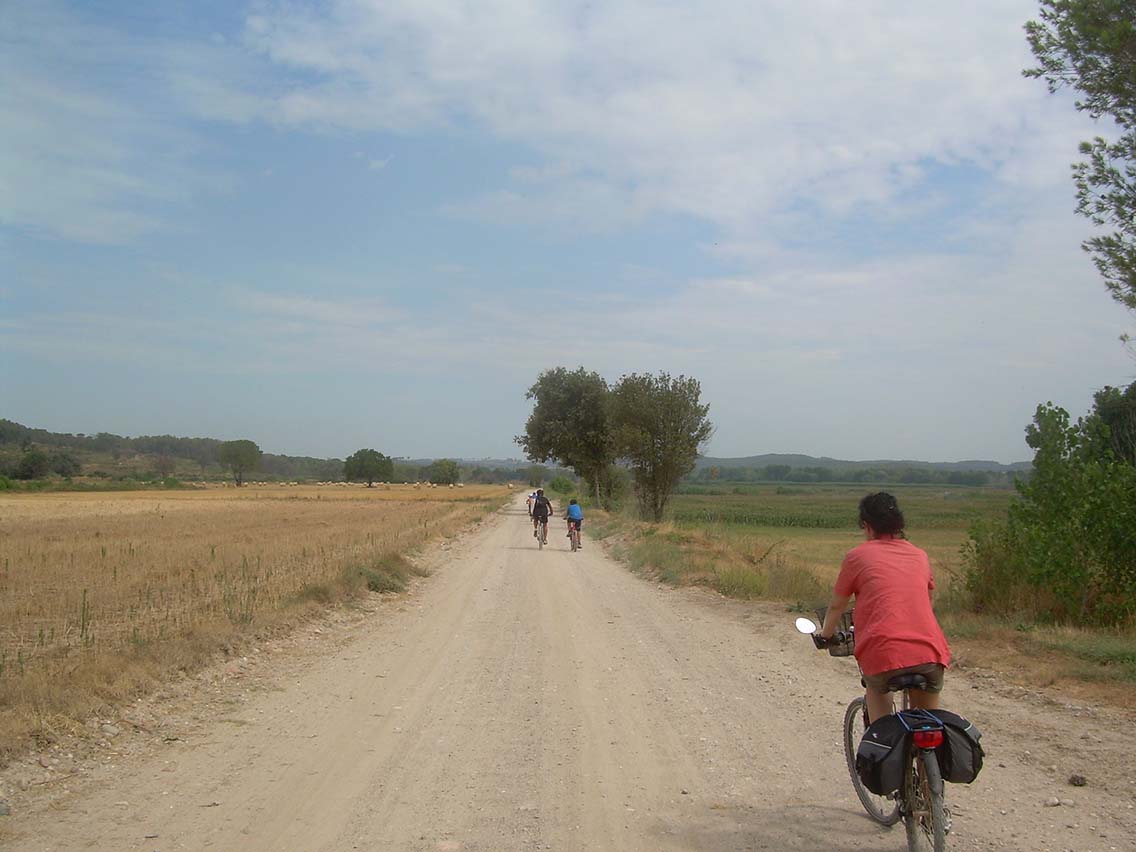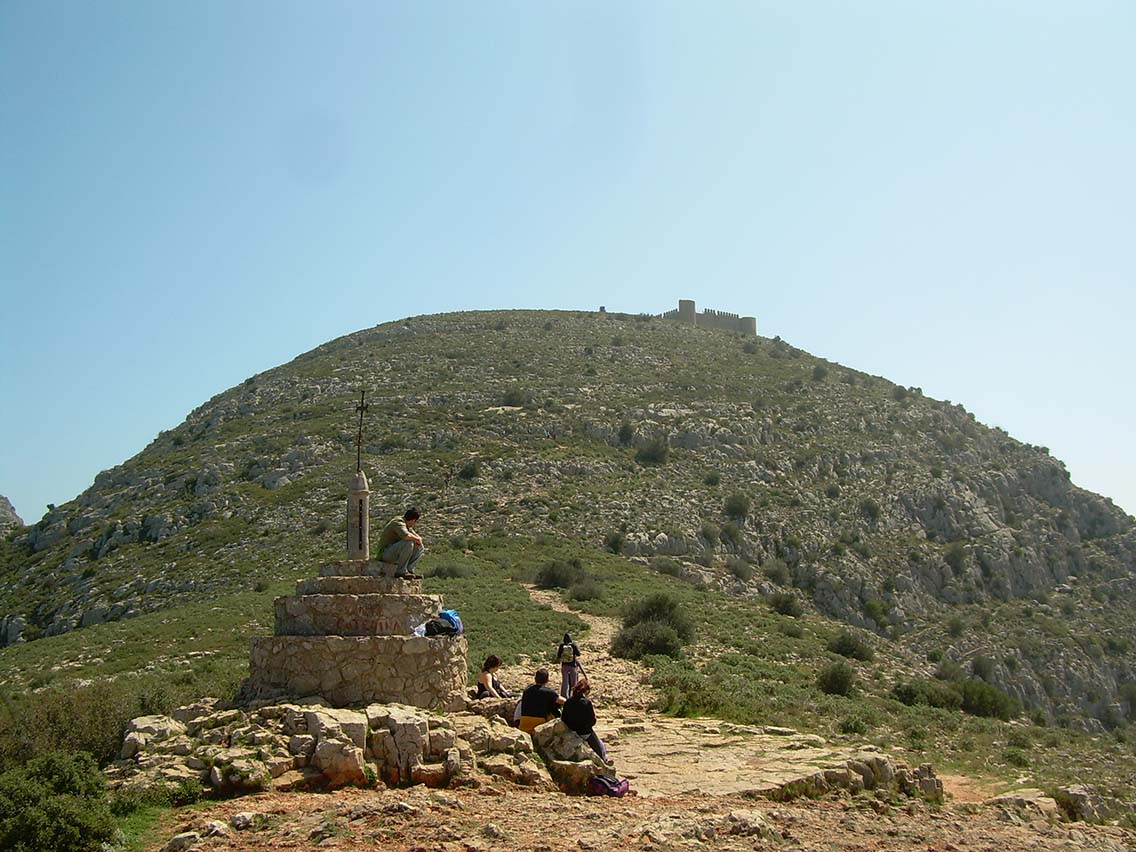Empordà
A NATURAL TREASURE TO BE DISCOVERED
Nature is very significant in this unique region, situated at the eastern end of the Pyrenees next to the Mediterranean, that gives it a special landscape with a great contrast between the sea and the mountains.
In the two counties that make up the Empordà (Alt and Baix Empordà) there are 6 natural areas of special protection: the Natural Park of Cap de Creus, the Natural Park of Aiguamolls de l'Empordà, the Natural Park of Montgrí, the Medes Islands and Baix Ter, the Natural Site of Maciç de l'Albera and the Protected Natural Area of Gavarres, and the Route of Indiketes It runs through all of them.
NATURAL, HISTORICAL AND CULTURAL HERITAGE
Empordà is a territory with an impressive natural, historical and cultural heritage.
The word Empordà (in Catalan, Empordà) comes from the Greek word "emporion". The name of the ancient city founded by the Phocians in 575-550 BC (the present-day little town of Empuries).
The relationship between man and nature has been a constant in the history of the region, with a diverse, highly humanised and at the same time very well preserved territory.
MEDITERRANEAN CLIMATE
The climate of the Empordà is typically Mediterranean: temperate, with hot, dry summers and rainy winters with mild temperatures. The climatic oscillation translates into a marked contrast in the different seasons and great changes in the landscape, especially considering that there is a maritime part and a mountainous part. Each season of the year offers a different look on these two sides, each with its own distinct personality.




